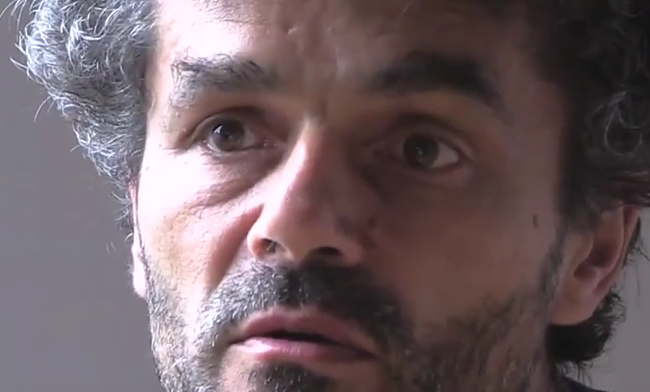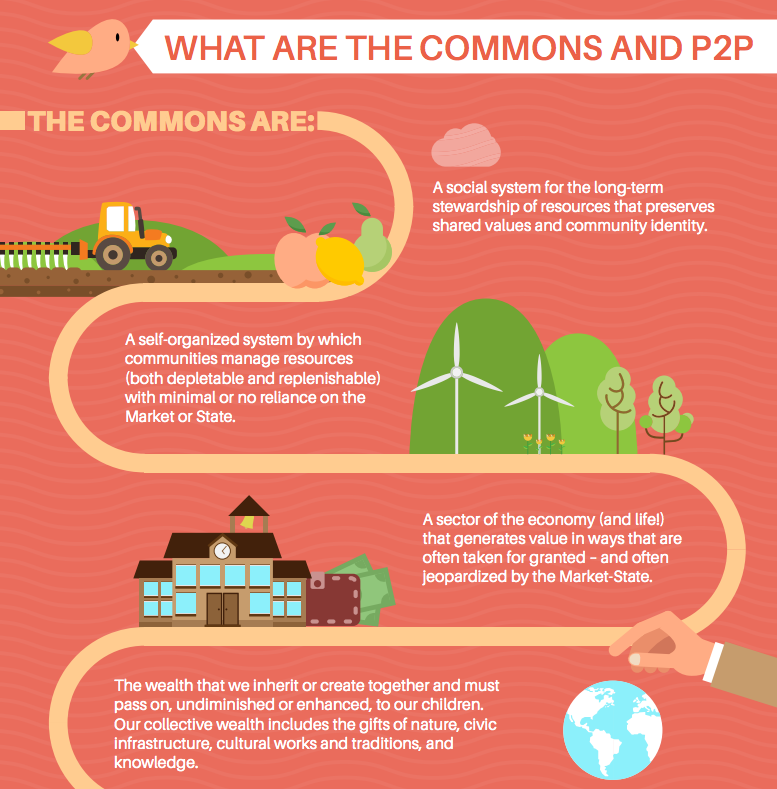Encrypted Tractors – and the Open Source Solution
Imagine that you’re a farmer who bought a John Deere tractor for $25,000 – or perhaps a big, heavy-duty model for $125,000 or more. Then something goes wrong with the computer software inside the tractor (its “firmware”). Thanks to a new licensing scheme, only John Deere can legally fix the tractor – for exorbitant repair prices. Or maybe you want to modify the tractor so it can do different things in different ways. So sorry: the license prohibits you from bypassing the encryption, taking it to an independent repair shop, or fixing it yourself.
As reported by Jason Koebler in Vice Motherboard, lots of American farmers frustrated by John Deere’s licensing terms are now turning to Ukrainian and Polish hackers to buy software fixes. They want to be able to fix and modify their own legally purchased tractors. (“Why American Farmers Are Hacking Their Tractors with Ukrainian Firmware,” March 21, 2017.)
This very type of problem inspired hacker Richard Stallman to invent free software in the late 1970s. When an experimental laser printer donated to MIT by the Xerox Corporation kept jamming, Stallman tried to develop a software fix so he could help everyone who used the printer. He quickly discovered that the source code for the machine was proprietary -- a stupid, self-serving limitation that prevented him from helping his colleagues.
This sort of copyright control has frequently crippled machinery over the decades. The basic point is to protect a company's market power and proprietary control -- a form of power usually protected by law. Under US law, for example, bypassing “digital rights management,” or DRM, systems on DVDs, CDs or websites is against the law.
In the case of land vehicles such as tractors, a legal exception was carved out under US copyright law in 2015. But John Deere was able to evade that provision by requiring farmers to sign a new licensing agreement when they buy a tractor. The license prohibits “nearly all repair and modification to farming equipment, and prevent[s] farmers from suing for ‘crop loss, lost profits, loss of goodwill, loss of use of equipment … arising from the performance or non-performance of any aspect of the software,’” Koelber writes.
- Read more about Encrypted Tractors – and the Open Source Solution
- Log in or register to post comments




 Paula Z. Segal, an attorney who works with the Urban Justice Center in New York City, explained in
Paula Z. Segal, an attorney who works with the Urban Justice Center in New York City, explained in



Recent comments